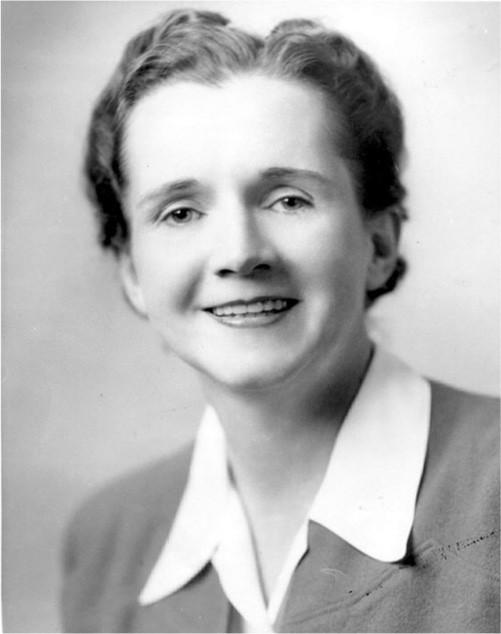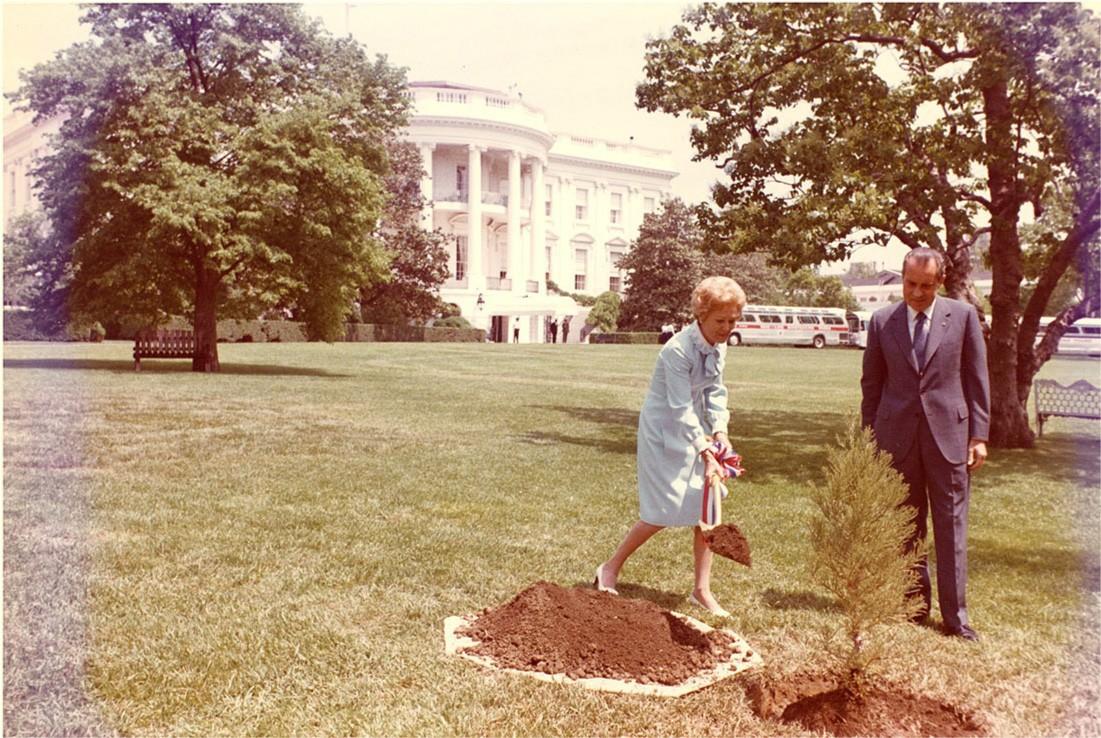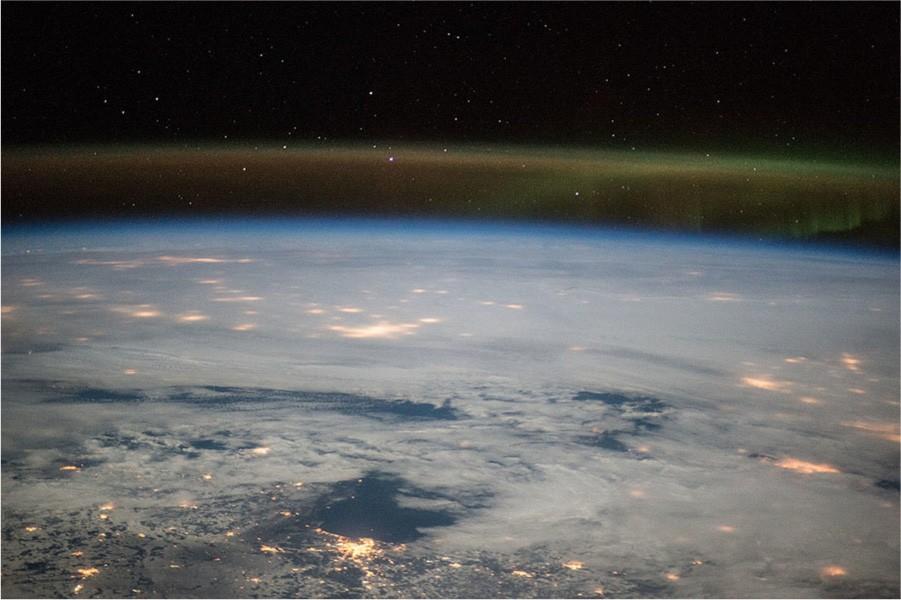Chapter 11.2 Debates about the Environment
Learning Objectives
By the end of this section, you will be able to:
- Explain the reasons for the rise of environmentalism around the western world
- Identify ways in which environmental groups have faced resistance
- Describe the ways in which the western community has attempted to address environmental issues like climate change
While concern for the Earth and anxiety about the negative effects humans have wrought are hardly new, the modern environmental movement, with its characteristic public activism, has roots in nineteenth-century reactions to industrialization. Writers of that time, like George Perkins Marsh, John Ruskin, Octavia Hill, and many others, expressed a romantic view of nature that contrasted sharply with the industrial transformations they witnessed around them. Their ideas gave birth to preservation efforts and the creation of national parks, first in the United States and later in Australia, and nations in Europe. Environmental concern has only grown stronger as societies around the world must now grapple with the enormous and ongoing consequences of increasing industrialization, manifested particularly in the global threat of climate change.
The Rise of Environmentalism
In the post–World War II period, as the United States and Europe experienced unprecedented economic growth and a rapidly rising standard of living, anxiety regarding the condition of the environment rose to the surface and gained political significance. In the developed West, members of the generation reaching maturity in the 1960s occasionally struggled with their affluence and the recognition that it came with disastrous environmental consequences. These consequences were not limited to the developed world. In the 1950s and 1960s, as part of the Green Revolution, agricultural scientists developed new high-yielding varieties of rice and wheat and synthetic fertilizers and pesticides that increased food production in both the developed and the developing world. The result was that millions were saved from hunger, and infant mortality in developing nations decreased. Scientist Norman Borlaug, who was considered largely responsible for the Green Revolution, received a Nobel Peace Prize in 1970 for his work. Such benefits, however, came with a heavy price tag, in many ways. Small farmers had to borrow money to purchase the new high-yielding seeds, fertilizers, and pesticides, and many found themselves deeply in debt. Reliance on the new varieties of crops reduced biodiversity, and chemical fertilizers and pesticides polluted the soil and water.
In 1962, Rachel Carson published her bestselling book Silent Spring, which railed against the proliferation of dangerous pesticides like DDT (Figure 11.8). Carson drew connections between the political power of the chemical industry and the many adverse effects of chemicals that made their way into food supplies and human bodies. Though strongly condemned by large chemical companies, the book was undeniably influential. It was a finalist for the National Book Awards for nonfiction, and its ideas inspired a generation of young activists. In 1972, the use of DDT in U.S. agriculture was banned.

Carson’s book tapped into the growing anxiety of many who felt the economic growth from which they benefited was environmentally unsustainable. These fears were confirmed by a series of ecological disasters that galvanized public attention. They included the 1962 start of the Centralia mine fire in Pennsylvania (which is still burning), the 1967 Torrey Canyon oil spill in the United Kingdom, the 1969 Cuyahoga River fire in Ohio, and the 1969 Santa Barbara oil spill. By the 1970s, environmental concerns had translated into political action. In April 1970, approximately twenty million people in the United States participated in the world’s first Earth Day celebration, a grassroots movement intended to raise public awareness about the environment (Figure 11.9).

In 1972, scientist Donella Meadows and others from the Massachusetts Institute of Technology published a report called The Limits to Growth, which used computer models to predict that humanity would soon reach absolute limits on its use of resources, with disastrous consequences. The report had been commissioned by the Club of Rome, a nonprofit group of scientists, economists, and other intellectuals founded in 1968 to address global problems like pollution and environmental degradation. The Limits to Growth circulated widely and reinforced public concerns about a widespread environmental crisis on Earth.
Over the next decade, green parties, political parties organized around environmental concerns, proliferated in countries around Europe, proving popular with the young and highly educated. Some green party founders, such as Petra Kelly of the German Green Party, had studied in the United States and were influenced by its environmental movement. By the 1990s, there were green parties in almost every country in Europe and also in the United States, Canada, Argentina, Chile, Australia, and New Zealand.
IN THEIR OWN WORDS
Voices from Chernobyl
The 1986 Chernobyl catastrophe in the Union of Soviet Socialist Republics (USSR) required the creation of an “exclusion zone” of towns, villages, forests, and farms that had to be abandoned due to radioactive contamination (Figure 11.11). However, the Soviet government minimized information about the crisis to reduce its embarrassment and maintain an image of technical dominance. Decades later, we can glimpse what people were thinking and doing at the time.
At that time my notions of nuclear power stations were utterly idyllic. At school and at the university we’d been taught that this was a magical factory that made ‘energy out of nothing,’ where people in white robes sat and pushed buttons. Chernobyl blew up when we weren’t prepared. And also there wasn’t any information. We got stacks of paper marked ‘Top Secret.’ ‘Reports of the accident: secret;’ ‘Results of medical observations: secret;’ ‘Reports about the radioactive exposure of personnel involved in the liquidation of the accident: secret.’ And so on. There were rumors: someone read in some paper, someone heard, someone said. Some people listened to what was being said in the West, they were the only ones talking about what pills to take and how to take them. But most often the reaction was: our enemies are celebrating, but we still have it better.
—Zoya Danilovna Bruk, environmental inspector interviewed by Svetlana Alexievich, Voices from Chernobyl, Translated by Keith Gessen
At first everyone said, ‘It’s a catastrophe,’ and then everyone said, ‘It’s nuclear war.’ I’d read about Hiroshima and Nagasaki, I’d seen documentary footage. It’s frightening, but understandable: atomic warfare, the explosion’s radius. I could even imagine it. But what happened to us didn’t fit into my consciousness. You feel how some completely unseen thing can enter and then destroy the whole world, can crawl in and enter you. I remember a conversation with this scientist: ‘This is for thousands of years,’ he explained. ‘The decomposition of uranium: that’s 238 half-lives. Translated into time: that’s a billion years. And for thorium: it’s fourteen billion years.’ Fifty, one hundred, two hundred. But beyond that? Beyond that my consciousness couldn’t go.
—Anatoly Shimanskiy, journalist interviewed by Svetlana Alexievich, Voices from Chernobyl, Translated by Keith Gessen
- Do you think Chernobyl changed the prospects for nuclear energy use? Why or why not?
- How should governments handle disasters of this magnitude? If your government dealt with this event, how would you want it to do so?
It was also in the 1980s that scientists first detected the existence of an “ozone hole” over Antarctica. The ozone layer is a portion of the Earth’s upper atmosphere with especially high concentrations of ozone molecules (Figure 11.10). It serves to block much of the potentially harmful solar radiation the Earth naturally receives from the sun and thus is essential for life on this planet as we know it. The news that this layer had a hole—an area severely depleted by the use of manufactured chemicals in common consumer items like aerosols, refrigerants, and food packaging—startled the public. Some environmentalists predicted an apocalyptic near-future in which billions would die of skin cancer caused by the sun, and the Earth’s surface would become unlivable.

In the 1980s and early 1990s, people also became concerned about the plight of the environmentally invaluable Amazon rainforest. The movement known as Save the Rainforest brought professional environmentalists and concerned citizens together to raise awareness about deforestation. Brazil’s extensive rainforests had been under threat since the 1960s, when cattle ranchers and others began clearing thousands of acres of pristine forest. Until the 1980s, few people had paid much attention. But concerns rose in wealthy countries about the harm done by major beef producers and other multinational corporations to the people and resources in developing countries, including by eliminating the “lungs of the planet” (trees that produce oxygen and absorb the carbon dioxide created by industrial processes), and more people began to take notice.
Environmentalists stressed the rainforest’s unique biodiversity and warned of the consequences of destroying the sole source of potentially world-changing drugs and species of animals found nowhere else on earth.
Anthropologists and Indigenous activists spoke of the effect on Indigenous peoples who lived and hunted in the rainforest and were threatened with loss of both home and livelihood. These warnings merged with developed countries’ anxieties about overconsumption and living beyond their means. The result was the Save the Rainforest campaign. By 1991, the effort had borne fruit, and deforestation in the Amazon had declined to one of the lowest recorded rates. Between 2005 and 2010, Brazil managed to reduce the destruction, but millions of hectares are still being cleared each year.
It was also during the late 1980s that much of the world was first introduced to the concept of global warming, the general rise in Earth’s temperature that scientists have observed over approximately the last two hundred years. The consensus is that this warming is the result of a steady increase in fossil-fuel burning since the start of the Industrial Revolution. The process has contributed to a rise in greenhouse gas levels, which trap yet more heat within the Earth’s atmosphere. Global warming is just one aspect of climate change, a broader phenomenon that includes changes in temperature, weather, storm activity, wind patterns, sea levels, and other influences on the planet.
Both global warming and climate change present enormous challenges for the future. Rising sea levels may make some large coastal cities around the world unlivable. Stronger storms, floods, and more intense heat can make life unbearable in entire regions. Extreme weather events like hurricanes, heat waves, and forest fires caused by drought and high temperatures may kill and injure thousands and cause billions of dollars in property losses. Hotter, wetter conditions may encourage the breeding of insects that spread infectious diseases like malaria and West Nile virus. These changes in turn will likely lead to worldwide problems. The World Bank estimates that more than 200 million people could become climate refugees, people forced to flee their homes to find livable climates in other areas, over the next few decades.
 LINK TO LEARNING
LINK TO LEARNING
Artists have always tried to highlight problems around the world. Climate change is no exception. Take a look at this PBS report on the Ghost Forest exhibit (Link Opens in New Tab) created by artist Maya Lin for one stunning example.
Environmentalism Today
Many of the most outspoken proponents of environmentalism and policies to curb fossil-fuel use have come from the United States and developed countries in Europe. Some of their anxieties about the state of the environment are a product of their own affluence and the sense that it is unsustainable. Yet frequently their environmental concerns have clashed with the interests of developing countries, which are largely geared toward growth. Concerns about the Amazon rainforest is one example of this dynamic.
The depletion of the rainforest was largely the result of the expansion of cattle ranching and later of farming in the Amazon River basin. When rainforest trees are removed for these purposes, the greenhouse gas carbon dioxide (CO2) is released, contributing to global warming. Ranching also contributes to a rise in methane, another greenhouse gas, produced by the cattle themselves. While environmentalists in the United States and Europe viewed with horror the increase of greenhouse gases and the loss of animal habitats, plants, and trees, the clearing of land brought economic opportunities for many Brazilians. It created jobs for poor workers, produced lumber for construction, and opened space for ranchers to graze cattle and farmers to grow crops that could be consumed domestically or exported for profit.
Debates about whether these outcomes are positive or negative reflect the fact that developed countries have mostly freed themselves from concerns about survival. They are able now to focus on sustainability, while developing countries like Brazil must exploit their natural resources to get by and improve their economic position.
Groups like Greenpeace, an environmental organization founded in 1971, sometimes express dismay about such perspectives. For example, in the 1970s, Greenpeace and other environmental groups pushed for a ban on seal hunting around the world, calling it unsustainable and cruel to the animals. However, many in Canada and other arctic regions depend on sealing for their livelihoods. They felt Greenpeace and other environmentalists undermined their industry and hampered their efforts to provide for their families. They resented being portrayed as unfeeling killers by organizations that appeared to know little about their lives.
A similar conflict erupted in the forests of the Pacific Northwest in the 1980s as environmentalists ramped up protests against logging in order to preserve the spotted owl, a threatened species indigenous to states like Washington and Oregon (Figure 11.11). (Threatened species are those the government identifies as likely to soon be endangered.) The tens of thousands of loggers who depended on the industry to survive complained that while the environmental concerns were real, their livelihoods should take priority over the survival of an individual species. The conflict became known as the Timber Wars and gained enormous media attention in the late 1980s and early 1990s. In the end, the U.S. government sought a compromise in the Northwest Forest Plan of 1994, which restricted forest exploitation and satisfied neither group.

The Global Response to Climate Change
Countries from around the world have regularly tried to address environmental problems together. The Montreal Protocol of 1987 was a global agreement to ban and phase out specific chemicals in industrial and consumer products in the expectation that natural processes would restore the Earth’s ozone layer. The accord went into effect almost immediately, and the ozone layer has been steadily recovering ever since. Scientists anticipate that it will be fully healed by 2070, if not earlier.
At the United Nations in 1989, Prime Minister Margaret Thatcher of the United Kingdom gave an urgent warning about the environment and especially climate change. She called for the world to embrace nuclear power as a substitute for coal-burning power plants, but she acknowledged that the increasingly influential green party movement remained firmly committed to preventing the proliferation of nuclear technology.
Thatcher’s speech marked a global acknowledgment that warming and climate change were pressing problems requiring international solutions. Given the success of the Montreal Protocol, she suggested a similar solution to climate change, but it met with resistance from the United States. President Reagan and Thatcher had both risen to power by embracing neoliberal economic policies, which call for market-oriented approaches and a rollback of regulation. Reagan remained largely unmoved even as Dr. James Hansen, an atmospheric scientist working for the U.S. government, testified in Congress that global warming was a real and dangerous threat (Figure 11.12).

Despite U.S. resistance, the larger international community proceeded apace. In 1988, the United Nations was able to establish the United Nations Framework Convention on Climate Change (UNFCCC). Created in 1992 in Rio de Janeiro, Brazil, the UNFCCC convenes annually for negotiations among member countries. Notable meetings have occurred in Kyoto (1997), Copenhagen (2009), Paris (2015), and Edinburgh (2021). The UNFCCC Paris Agreement of 2015 took into account how much each member country is able to pay for a major transition away from fossil fuels. On a five-year cycle, the agreement asks each country to make a contribution proportionate to its own needs and its ability to pay for new energy infrastructure, though it has no enforcement mechanism. The goal of the Paris Agreement is total warming of less than 2°C (3.6°F) above levels from the time of industrialization, around the year 1750. While some have called the agreement successful in helping approach this goal, others feel many countries are not fulfilling the promises they made.
political parties organized around environmental concerns
the general rise in Earth’s temperature that scientists have observed over approximately the past two hundred years
broad changes in temperature, weather, storm activity, wind patterns, sea levels, and other influences on the planet
a 2015 treaty among members of the United Nations to limit global warming to less than 2°C (3.6°F) above levels from the time of industrialization

